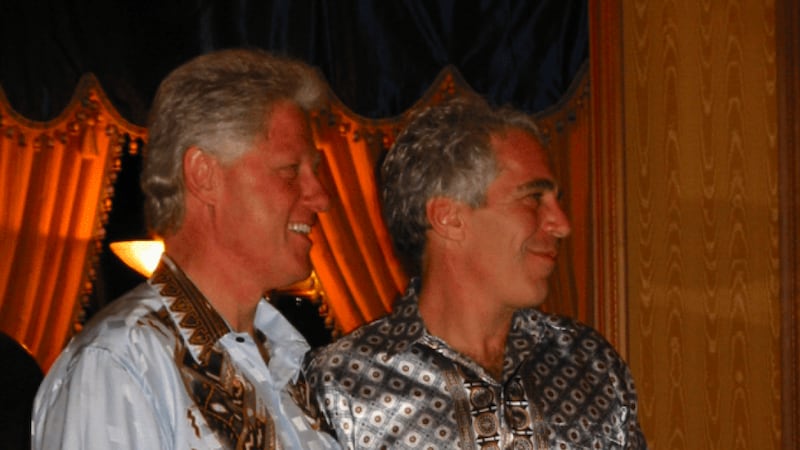US attorney general Eric Holder is to visit Ferguson, Missouri, today, hours after nearly 50 protesters were arrested during an 11th night of racially charged demonstrations over the killing of an unarmed black teenager by a white police officer.
The St Louis County prosecutor's office is also expected to begin presenting evidence to a grand jury investigating the August 9th shooting death of 18-year-old Michael Brown, in a case that Missouri governor Jay Nixon vowed would be treated as a "vigorous prosecution."
Mr Holder said he planned to visit Ferguson, a St Louis suburb that is home to a predominantly African-American population of 21,000, to be briefed on the progress of a separate civil rights investigation he has ordered into the Brown killing.
In a special message to the community published online by the St Louis Post-Dispatch, Mr Holder said about 40 FBI agents have been assigned to the case, along with prosecutors in the US attorney’s office in St Louis, and that hundreds of people have already been interviewed.
An independent autopsy, the third conducted in the case, has also been performed by federal medical examiners at Mr Holder’s direction, he said.
“Our investigation into this matter will be full, it will be fair, and it will be independent,” he said.
He also joined Mr Nixon and other officials in a renewed appeal for public calm following demonstrations that have gripped Ferguson almost every night since Mr Brown was killed by police officer Darren Wilson (28). The officer has been placed on leave and gone into seclusion, while Mr Brown's family and their supporters called for his arrest.
Most of those protests have been punctuated by looting, vandalism and clashes between demonstrators and police.
The turmoil, while generating international headlines, has exposed simmering racial tensions in a mostly black town whose police force, political leadership and public education administration are dominated by whites.
It also has re-ignited a national debate over racial disparities in the US criminal justice system, even drawing sharp words yesterday from the United Nations’ top human rights envoy, Navi Pillay, a native South African.
“I condemn the excessive force by the police and call for the right of protest to be respected,” she said in Geneva.
Police and the governor have insisted that the most of the trouble has been generated by thugs or outside agitators bent on goading police into action.
State Highway Patrol Captain Ron Johnson, who temporarily assumed command last Thursday of a local police force widely criticized for heavy-handed tactics, said many protesters last evening heeded calls by city officials for citizens to stay off the streets after sunset.
Demonstrators were notably fewer in number and more subdued than on previous nights. Onlookers milled about as civic activists, members of the clergy and even Missouri Attorney General Chris Koster mingled with demonstrators.
The relative calm abruptly dissolved just before midnight, however, as police in riot gear ordered lingering demonstrators to disperse, then charged into the crowd to make arrests.
Police later said they took 47 people into custody and seized several loaded firearms, but no gunshots were fired.
Capt Johnson said officers aggressively moved against the remaining crowd when pelted with water bottles and urine by “instigators” who sought to hide among journalists covering the demonstration.
Still, there was no shooting from either side, no tear gas or smoke bombs fired by police, and no Molotov cocktails from protesters, though police doused some demonstrators with pepper spray during clashes that erupted at the end of the night.
He credited community leaders for helping to maintain order calm by taking to the streets to discourage unruly behaviour.
As tensions mounted and it appeared violence might escalate, numerous community activists rushed between lines of police and the demonstrators, linking hands to form a human chain separating the opposing sides.
The confrontation capped an otherwise mostly peaceful night of demonstrations, the most tranquil in Ferguson since last Thursday, when Capt Johnson, who is black, took charge of police.
How long tensions persist may well hinge on the outcome of investigations into Brown’s killing, accounts of which have so far varied sharply.
According to police, Mr Wilson reported that Mr Brown reached into the policeman’s cruiser when Mr Wilson approached him on the street, and then grabbed for the officer’s gun.
A companion of Mr Brown said the teenager was initially shot after the officer tried to grab him through the car window and again after Mr Brown staggered back with his hands in the air.
An independent autopsy arranged by Mr Brown’s family found he had been shot six times, including twice in the head.















